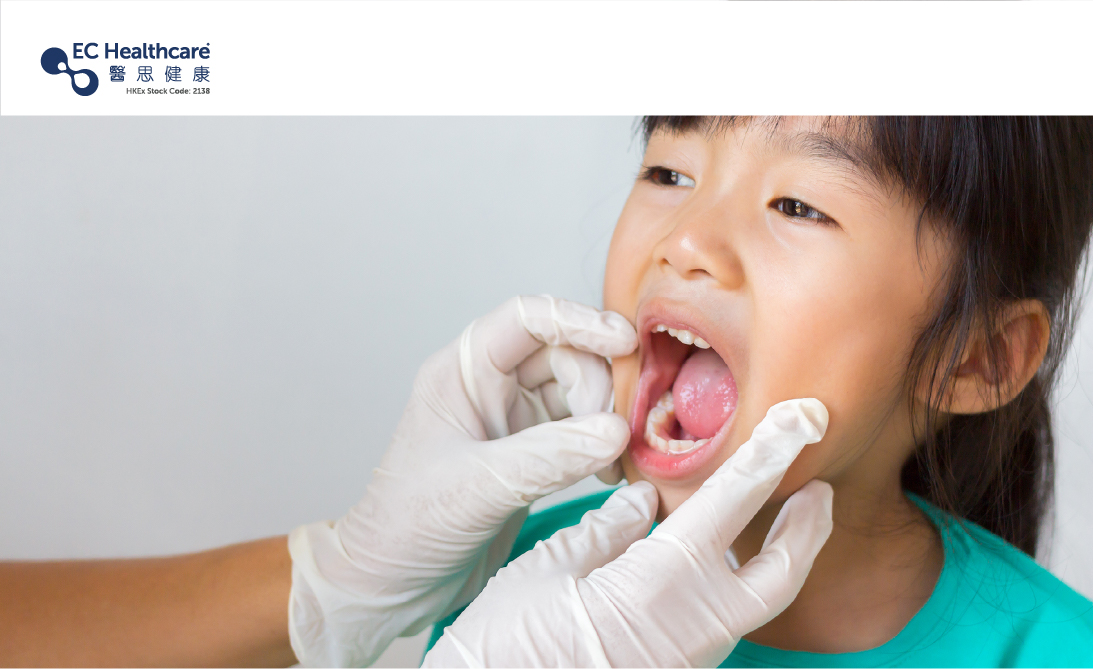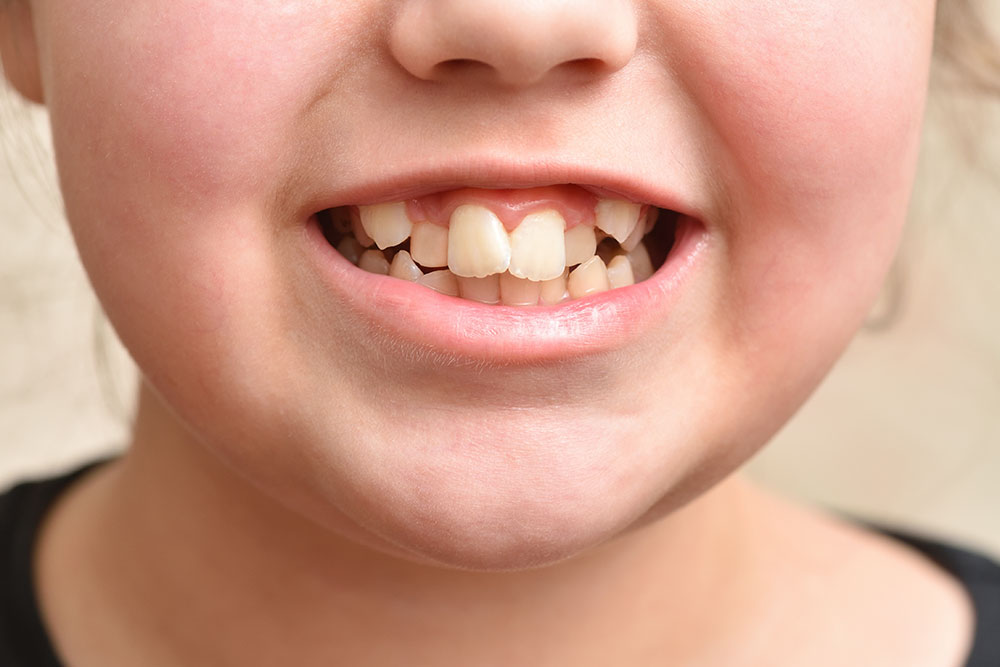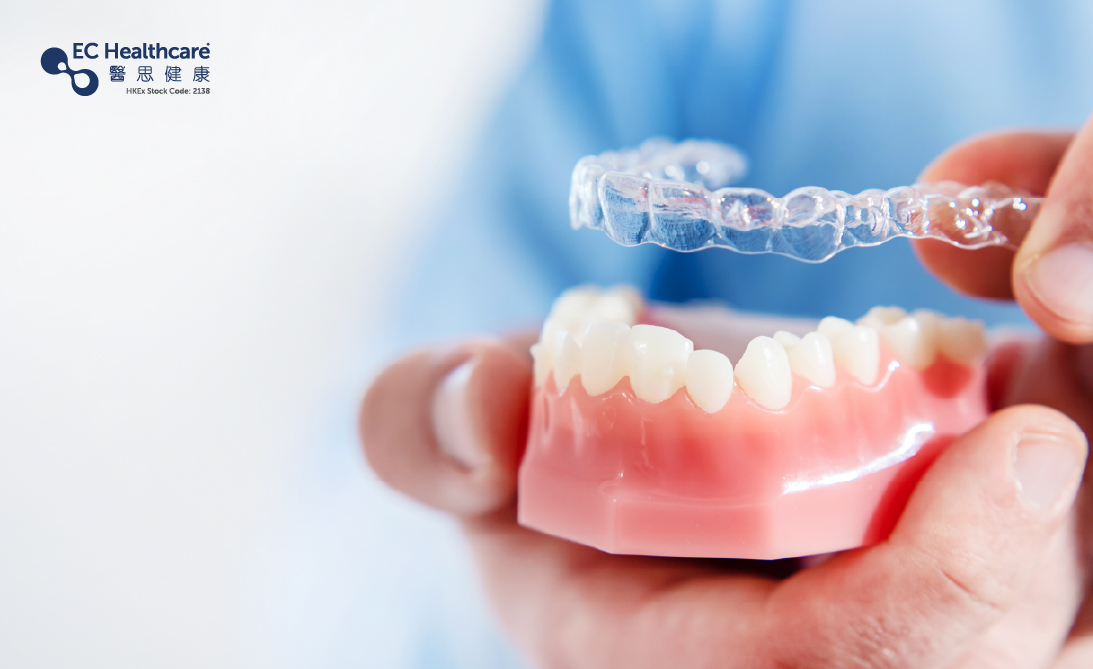Addressing Protruded Teeth in Kids: When Is the Right Age for Braces?


Numerous parents express significant concern regarding the alignment and appearance of their children's teeth, desiring a straight and aesthetically pleasing smile. When faced with the issue of malocclusion, or misaligned teeth, parents often wonder about the appropriate course of action. Do they need braces? What is the ideal time to initiate treatment? Should they wait for the complete shedding of their baby teeth or their full development of cheekbones and jawbones?

These pressing questions are common among parents. In fact, the growth and development stage in a child’s life is a crucial window of opportunity for orthodontic treatment. Dental professionals, particularly orthodontists, possess the expertise to identify early signs of dental and jaw problems in children.
Receive dental checks from the age of 7
Children aged 7 or above are encouraged to start routine visits to a general dentist or orthodontist to assess their dental development, such as the growth of the upper and lower jaws and bones, the number of teeth and their timing of tooth development, and the presence of any malocclusions. Early detection of issues such as protruded/crooked teeth, underbite, crowded teeth, or deep bite can aid in their prompt correction. The dentist will make an assessment based on individual circumstances, and most dental problems can be addressed at this stage.
Orthodontic specialists emphasise that children at this stage have not yet fully developed their facial bones and cranium, and their dental arches are relatively pliable. Therefore, it requires less force and a shorter time to rectify the misalignment. If the correction is delayed until the permanent teeth have developed, it may necessitate more intense force, a longer treatment period, and even intricate surgical procedures to achieve the desired outcome.
Invisible braces provide a more comfortable alternative
Many parents have misunderstandings about braces, assuming that their child will require traditional metal wire braces for a prolonged period of at least 2 to 3 years, and will endure pain, gum damage, and difficulty chewing food throughout the whole process.
But according to clinical statistics, most children only require braces for a period of 6 to 18 months. Furthermore, advancements in orthodontic technology have greatly improved the comfort of braces. Dentists will recommend suitable braces based on the individual case. If any issues with the child's jawbone are found during the examination, orthodontic appliances will be used to guide the growth of the jawbone in the correct direction.
Young children can opt for removable braces that can be taken off during the day to avoid affecting daytime activities such as school. For older children, fixed braces are typically utilised as they can achieve correction results in a shorter time. In recent years, invisible braces have been introduced, which can correct misaligned teeth and bites, and stimulate jawbone growth at the same time.
It is therefore recommended that parents take their children for a detailed examination by a dentist or orthodontist around the age of 6-7, when children begin to lose their baby teeth, so that they can take advantage of the golden period of teeth correction.
Related Brands










